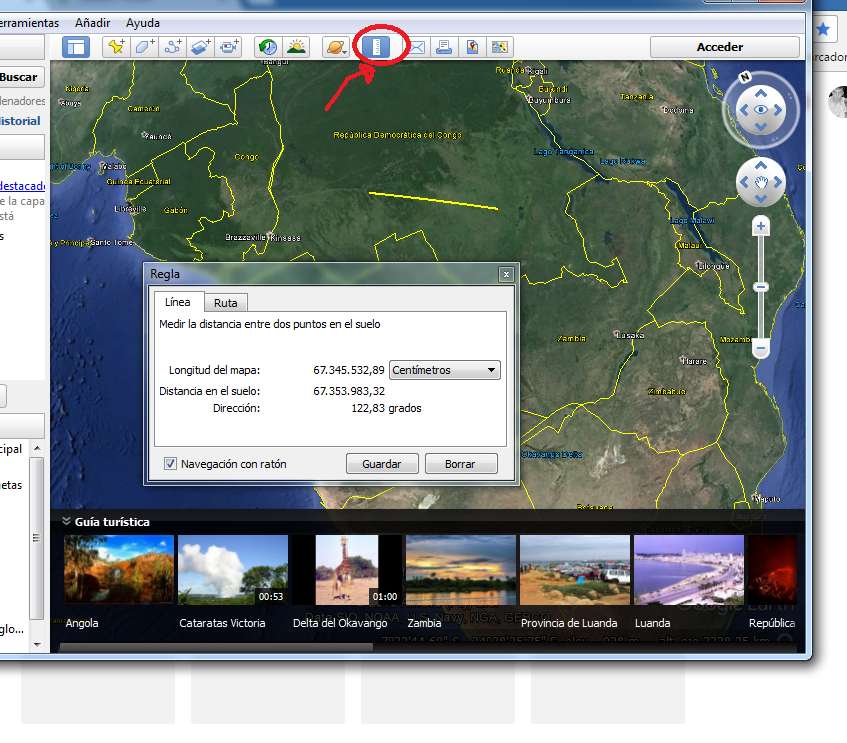
509 – 571 AD), the 29th Emperor, is the first for which contemporary historiography is able to assign verifiable dates however, the conventionally accepted names and dates of the early Emperors were not to be confirmed as "traditional" until the reign of Emperor Kanmu (737–806), the 50th sovereign of the Yamato dynasty. It is formally known as Emperor Ingyō's misasagi ( 恵我長野北陵, Ega no nagano no kita no misasagi ), in Fujiidera city near Osaka. The Imperial Household Agency designates this location as Ingyō's mausoleum. Alternatively, Ingyō might have been referred to as ヤマト大王/大君 or the "Great King of Yamato".

Rather, it was presumably Sumeramikoto or Amenoshita Shiroshimesu Ōkimi ( 治天下大王), meaning "the great king who rules all under heaven". Ingyō's contemporary title would not have been tennō, as most historians believe this title was not introduced until the reigns of Emperor Tenmu and Empress Jitō. The Emperor is traditionally venerated at a memorial Shinto shrine near Osaka. The actual site of Ingyō's grave is not known. This would have been a king of Japan (referred to as Wa by contemporary Chinese scholars) who is said to have sent messengers to the Liu Song dynasty at least twice, in 443 and 451. Some scholars identify Ingyō with King Sai in the Book of Song. The earliest documented earthquake in Japan occurred during Ingyō's reign, in 416, when the Imperial Palace at Kyoto was leveled by the severity of the Earth's tremors. He reformed the system of family and clan names, because many named themselves false names using higher ranked clan or family names. They had five sons and four daughters, including Emperor Ankō and Emperor Yūryaku. His consort was Oshisaka no Ōnakatsu no Hime. His name was Oasazuma Wakugo no Sukune ( 雄朝津間稚子宿禰). He sat on the throne after Hanzei died and ruled for 41 years. Īccording to Kojiki and Nihon Shoki, he was the fourth son of Emperor Nintoku and his consort Princess Iwa, and therefore a younger brother of his predecessor Emperor Hanzei. To comfort the soul of Ingyo, he presented Japan 80 musicians. Īccording to Nihon Shoki, the king of the Korean Silla Kingdom grieved very much when Ingyō died. Ingyō is regarded by historians as a "legendary Emperor" of the 5th century. No firm dates can be assigned to this Emperor's life or reign, but he is conventionally considered to have reigned from 410 to 453.
.png)
And while Google Earth has a few features that Maps doesn’t currently offer, including tours, for the most part, there doesn’t really seem to be a need for the web and mobile versions of Earth these days.Oasazuma-wakugo-no-sukune no Sumeramikoto ( 雄朝津間稚子宿禰天皇)Įmperor Ingyō ( 允恭天皇, Ingyō-tennō) was the 19th Emperor of Japan, according to the traditional order of succession.

Indeed, seeing this announcement was the first time I thought about Google Earth in years, I think.

But the addition of a feature for measuring area seems useful, especially for students.Īs is so often the case, more than anything, the launch of this new feature is a reminder of how much overlap there often is between Google products - and not just in the chat app category. Now that’s obviously not an earth-shattering new feature, especially given that you have long been able to measure distance with a virtual ruler in Google Maps, too.
#Ruler tool on google earth android
These days, Google Maps pretty much offers all of the mapping features that casual users need, but Google continues to quietly develop Earth and today, the company announced it is adding an area measurement tool to the service on the web (today), Android (later this week) and iOS (“coming soon”). Only a few years ago, Google Earth was the only practical way to see all of Google’s satellite and 3D imagery.


 0 kommentar(er)
0 kommentar(er)
